Cryotherapy for Faster Injury Recovery
Photo by Vidal Balielo Jr. from Pexels
In 2016, Corona Station Physical Therapy talked about physical therapy as a way to speed up the recovery of injured runners. One of the things that can enhance the process is cryotherapy. It is a simple, non-invasive, and inexpensive way of enhancing rehabilitation for injuries.
What is cryotherapy?
Cryo is the Greek word for ‘cold’ and cryotherapy simply means cold therapy. It uses low temperatures on localized regions or generally to treat injuries. You can either directly apply the cold to a specific area of the body—for instance, an ice pack on a sprained ankle—or expose the entire body to low temperatures such as an ice bath.
Cold treatment is most effective for minor injuries. It is used to treat superficial tissues such as injured muscles or ligaments that are inflamed or in pain. Intense workouts, especially for athletes, put the muscles in constant breakdown and repair mode. That makes them more vulnerable to injuries than the average person.
How does cryotherapy work?
Cold treatment stimulates a process called vasoconstriction or the narrowing of blood vessels. It reduces blood flow to the affected area and has a numbing effect. After the ice application, the body initiates vasodilation or the enlargement of blood vessels which causes increased blood flow to the area. Experts theorize that this sudden rush of blood improves the healing process of injuries. The cold therapy removes the heat which then improves blood flow around the injury. This in turn supplies oxygen and nutrients to the cells which is a much-needed part of the healing process. The better the blood circulation around the body, the faster it will rehabilitate.
The typical application for an ice pack should be 10-15 minutes multiple times a day. Another icing technique is an ice massage where you gently knead the affected areas with ice. Very Well Fit cautions against going beyond 15 minutes of cold treatment as it can be damaging to soft tissues. Leaving it on for too long may even lead to frostbite. As for water immersion therapy or ice baths, allot the same amount of time.
Who uses cryotherapy?
Cold therapy is used a lot in sports due to its benefits in injury recovery. In 2016, former Barcelona ace player Neymar was spotted with an ice pack on his leg after straining his adductor muscle. Although it was confirmed that there were no signs of an underlying injury, ice application can offer instant pain relief for muscle fatigue. It was not the last time that the Brazilian athlete got injured during a game either. A Ladbrokes feature on the 10 most famous injuries detailed how Neymar was out for two months this year due to a metatarsal fracture. The soccer star, who now plays for Paris Saint-Germain, almost took a pass in this year’s World Cup due to the incident. Although an ice pack cannot reconnect a broken bone, a quick injury response with cold treatment can help lessen pain and inflammation.
(image: Pexels)
Aside from athletes, there are other conditions where cryotherapy can be beneficial. For instance, patients with arthritis can provide temporary relief for inflamed joints and improve range of motion. A study on Reuters even discussed a similar effect on surgical wounds. Patients who underwent surgery reportedly experienced decreased pain when ice packs were applied to their wounds on top of their regular pain medication.
Although the science behind cryotherapy techniques is still being studied, the bottom line is that it has helped many people with injuries and soreness. The main claim is that it relieves inflammation, which can lessen pain symptoms of musculoskeletal damage. If that is something that you think you might need, there’s no harm in giving cryotherapy a try.
Article written for the sole use of coronaphysio.net
PoppyGrace



